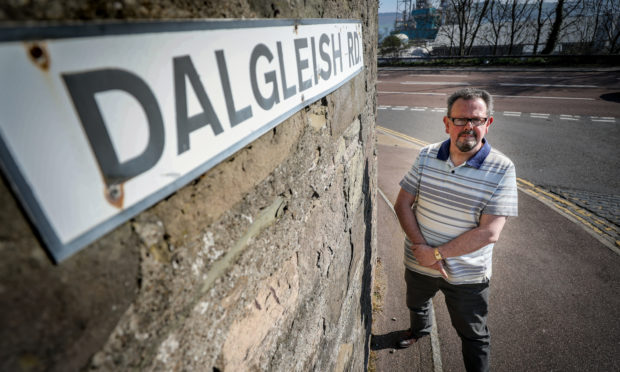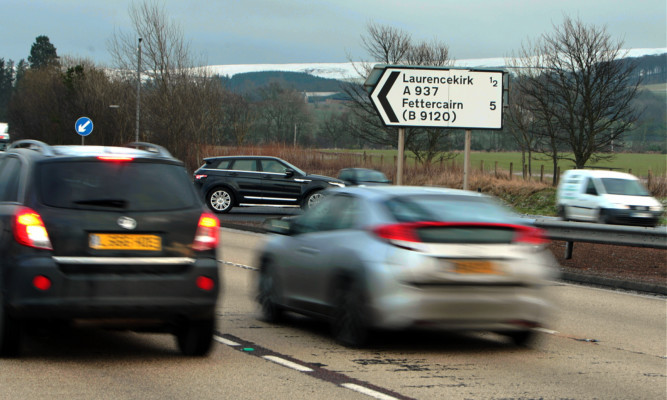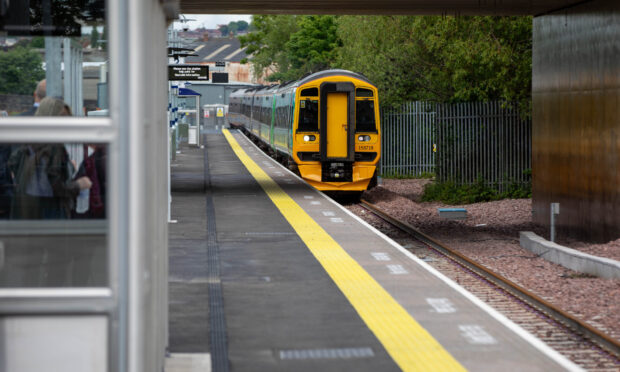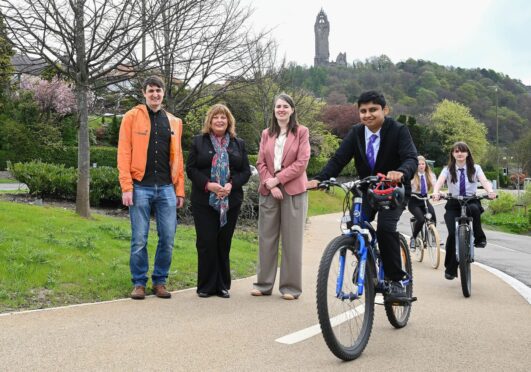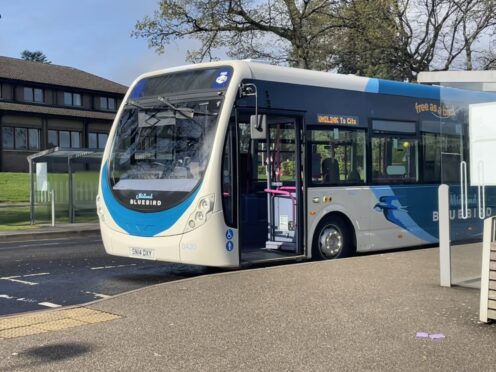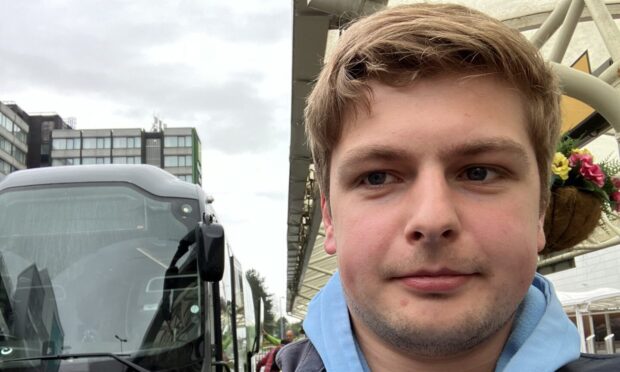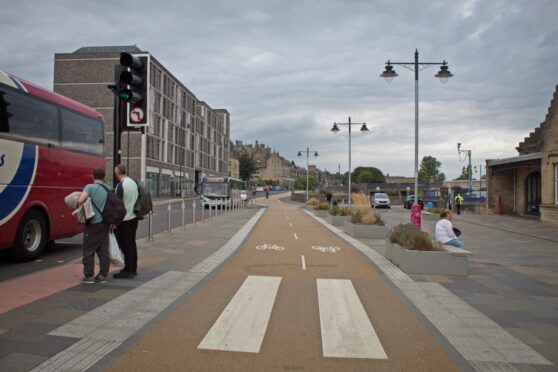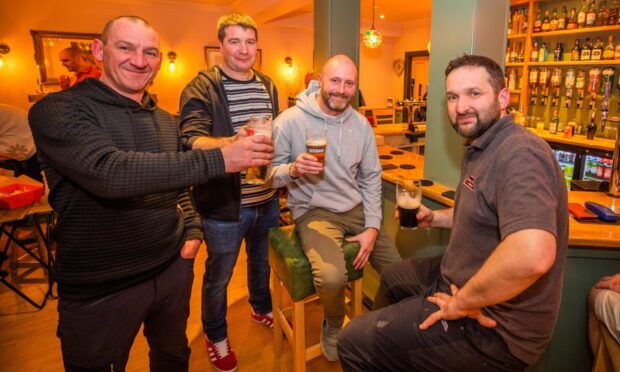A Dundee resident says it is only a matter of time before someone is seriously hurt or killed at a problem junction outside his home.
Steve Aitken, who moved into the property on Dalgleish Road two years ago, estimates there have been nine or 10 accidents at the junction with Broughty Ferry Road in that time.
The crashes have ranged from write-offs to minor bumps and scrapes but Steve, 64, fears the next accident could be a fatality.
He said the problem was largely due to the fact that drivers turning right on to Broughty Ferry Road need to cut across two lanes of traffic coming in the opposite direction.
He is now calling on Dundee City Council to reassess the area’s safety as a priority.
“I obviously live at the junction and I just don’t use it at peak times,” said Steve.
“It is dangerous. I’ll hear screeching and then the inevitable crash so I’ll run to the window to check nobody is seriously hurt.
“It feels like every few months there is an accident.
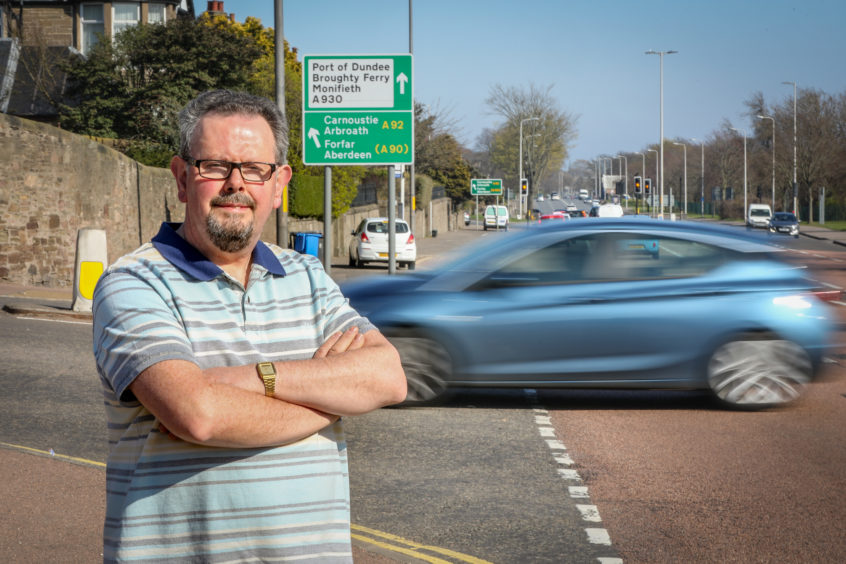
“I would hope the council are looking at it but I have never seen anyone down assessing it.”
The council is currently only notified by emergency services if an accident results in an injury to a pedestrian, driver or passenger.
This week, Broughty Ferry councillor Craig Duncan said the failure to record all minor collisions was a “missed opportunity” which would help officials to pinpoint potential blackspots.
Steve, a retired IT project manager, added: “A dividing kerb could potentially help make it safer.
“But I don’t think drivers should be allowed to turn right across the traffic.
“I hope it won’t take a fatality to improve it.”
When asked if the junction is being assessed for any potential improvements, a Dundee City Council spokesperson said: “The number of people killed and injured on Dundee’s roads continues to drop and progress is being made towards a further reduction by 2020.
“In September the city development committee agreed £150,000 of new road safety improvement work at more than a dozen sites in the coming year and on-going accident investigations may identify additional locations.”
